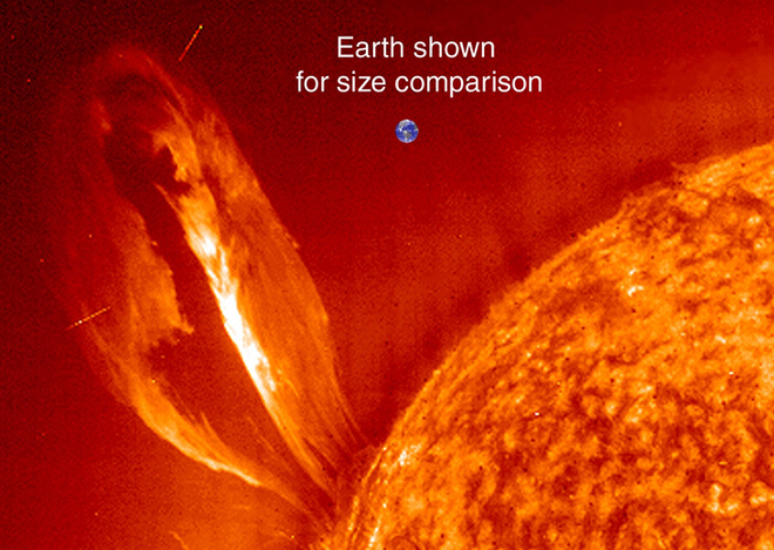Discover the main space news of the week from 4 to 10 November 2023 and stay up to date on everything that matters most in the world of astronomy!
The Sun may be smaller than previously thought, the asteroid Dinkinesh has a binary moon, and nearly 200 new galaxies have been identified in an image by James Webb. The week was full of interesting studies and discoveries, but there was also a sad event: the death of one of the astronauts of the Apollo 8 mission.
Discover the main astronomical news in our weekly summary.
The size of the Sun
Maybe the The sun will be a little smaller compared to currently accepted calculations. At least that’s what a new study proposes using measurements of sound waves traveling from the star’s interior to the surface.
The difference would be only 1%, but it is enough to change the understanding of nuclear reactions, their chemical composition and their basic structure.
Previously, scientists also used sound waves, but those that occur near the surface. The authors of the new study turned to another type of wave, created by the movement of material within the sun. The research, however, has not yet been peer-reviewed.
The moon of the asteroid Dinkinesh
Scientists already knew that the asteroid Dinkinesh has a moon, but no one expected it find a binary lunar contact! This means that they are actually two small rocks touching each other.
Lucy, you surprised us again
New images from #MissionLuciaThe first flyby of an asteroid shows that an already unexpected satellite is composed of two objects: a binary contact. This is the first time we’ve seen a contact binary orbiting another asteroid. https://t.co/NwQfI6k7qz pic.twitter.com/WTSHNLyr86
— NASA Solar System (@NASASolarSystem) November 7, 2023
The Lucy probe, which made the discovery, had not yet detected the two rocks due to their position: the first images were taken when the objects were aligned, facing each other. However, this is the first strange discovery of the Lucy mission, scheduled to closely observe 11 asteroids.
The New 200 Galaxies by James Webb
James Webb’s first color image was released in 2022 and revealed thousands of galaxies: many of them, in fact, have been magnified by gravitational lensing. Now a new study they identified and characterized 200 of themwhich represents another fundamental step towards understanding this incredible region.
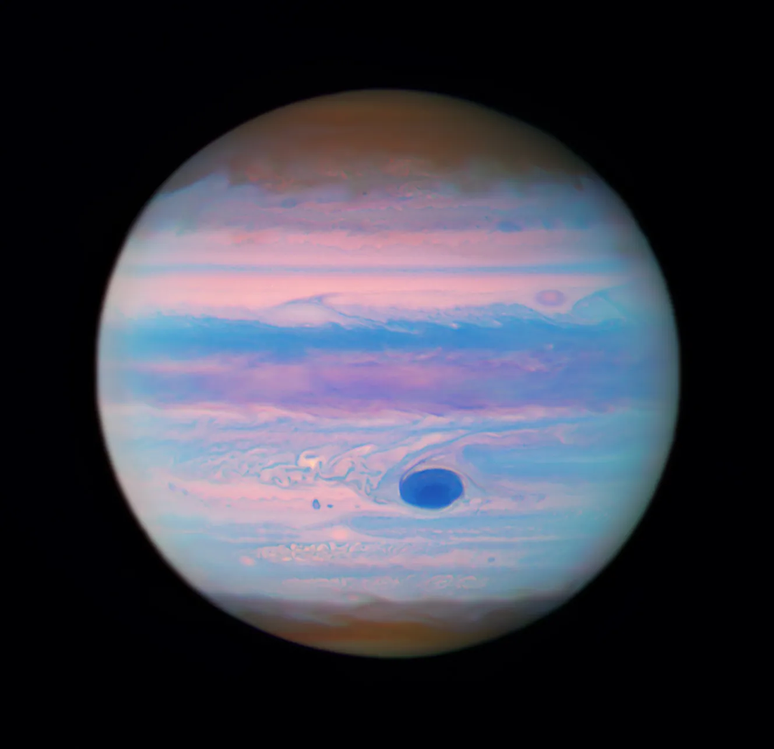
In addition to helping scientists discover more about these galaxies, the study also provides a glimpse into the ancient universe. Since many of them are far, far away, their images come from a long time ago.
Assemble the Dream Chaser space plane
Sierra Space completed assembly of the Dream Chaser space plane, designed to transport cargo to the ISS. The vehicle has been in development for more than a decade and will be launched by a Vulcan Centaur rocket, the same launcher that will carry Astrobotic’s Peregrine lunar lander into space.
The Dream Chaser will be able to land on the runway used by retired space shuttles, which could bring back a very specific and very useful mode of space travel for carrying payloads. Its first flight could take place next year.
The auroras and STEVE
The pre-solar maximum promised and is delivering! As we approach the moment of maximum magnetic activity of the Sun, auroras occur more frequently and at lower altitudes. This time, even the observers of the Greece was able to admire the auroras.
Speaking of last night… crazy show of the Northern Lights, seen as far as southern Greece. Reds visible to the naked eye here in cork and sighting of Steve, the aurora phenomenon. pic.twitter.com/rVorkxniZY
— CiCi (@cianryan92) November 6, 2023
The auroras were also accompanied by the STEVE phenomenon, discovered a few years ago and without an exact explanation as to how they occur.
Jupiter’s ultraviolet light
The Hubble Telescope took a photo of Jupiter in ultraviolet light, revealing the characteristics of its atmosphere in different colors. Although images of this type are indeed very beautiful, the reason was not merely aesthetic: the photos serve to study the planet’s storm systems and water clouds.
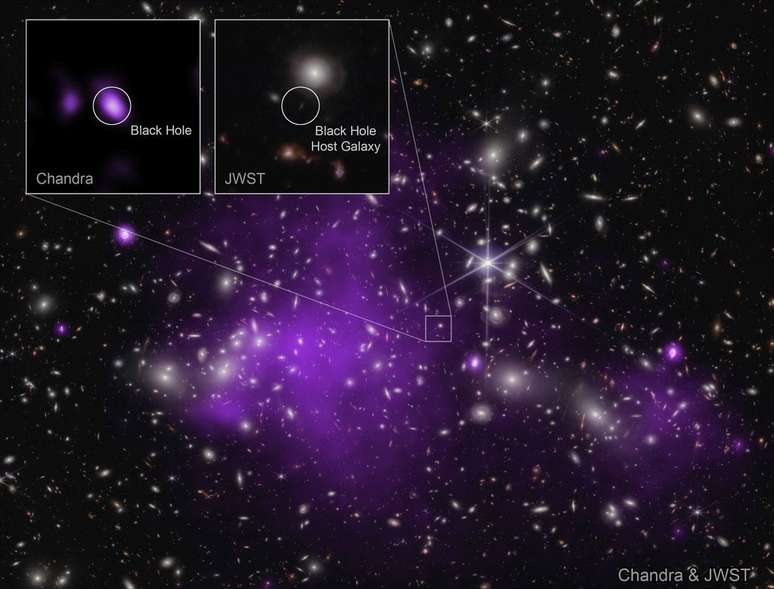
The new photo was captured after the planet’s perigee, which brought it to its closest proximity to Earth between November 1 and 2. The researchers will use this data to build a three-dimensional mapping of structures in the gas giant’s atmosphere.
The black hole with a mass equal to its galaxy
OR most distant supermassive black hole already detected in X-rays, it is also the first found with the same mass as the galaxy that hosts it. Typically, these objects have only about 0.1% of the mass of their respective galaxies.
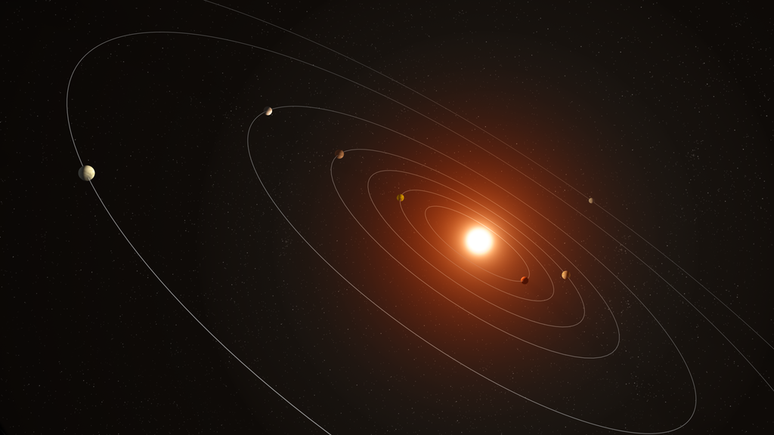
This difference in aspect ratio has important implications for astrophysicists. First, it shows that the galaxy is in its early stages of growth and has yet to significantly increase its mass through merging with nearby galaxies. Furthermore, this could be strong evidence that supermassive black holes formed from the collapse of giant clouds.
The seven new planets larger than Earth
A new a system with seven exoplanets has been found from the Kepler telescope orbiting the star Kepler-385, 4,600 light years from Earth. There, rocky inner worlds covered by thin atmospheres and larger outer worlds, almost twice the size of our planet, were detected.
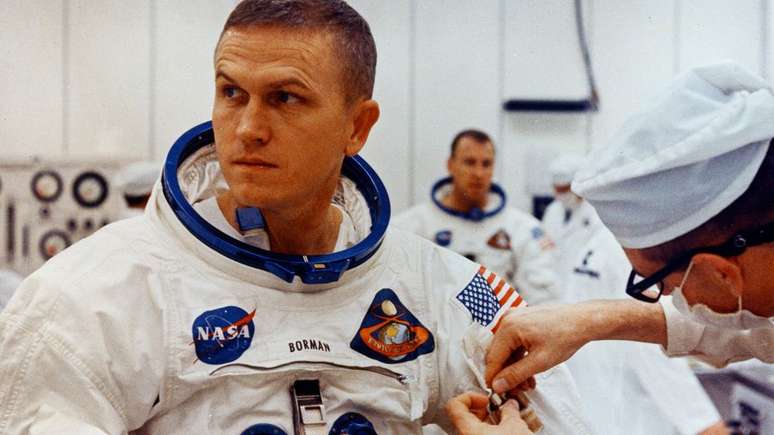
As for the star, measurements show it is 10% larger than our Sun and 5% hotter. Each planet receives more stellar radiation than any other world in the Solar System. Finally, they are all larger than Earth and smaller than Neptune.
Frank Borman, astronaut during the first mission to orbit the Moon, dies
Frank Borman, astronaut who commanded the first mission to Earth NASA orbiting the Moon, died on Tuesday at the age of 95 (7) following a stroke. In addition to the Apollo 8 mission, Borman also served as command pilot for Gemini 7.
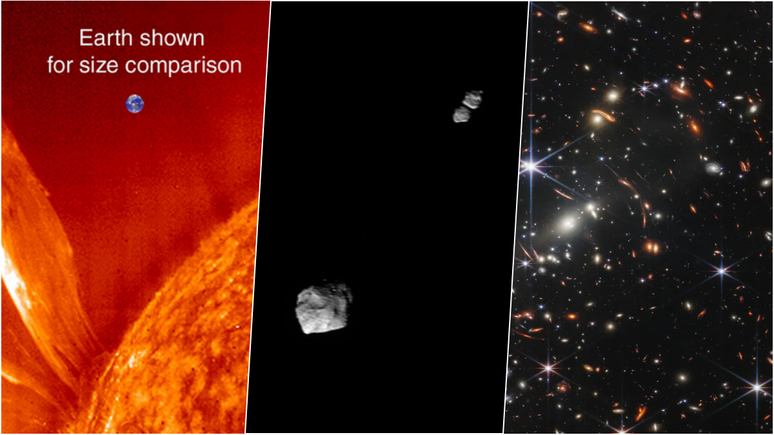
Until then, Borman was the oldest living American astronaut. The title is now held by his former teammate Jim Lovell, with whom he traveled during both missions in which he participated.
Trends on Canaltech:
- Orcas sink a yacht off the coast of Morocco in just 45 minutes
- What are the differences between x86 and ARM processors?
- Ai Pin is launched by the former Apple designer as a smartphone replacement
- The 50 funniest Google Assistant jokes
- Does Marvels have a post-credit scene?
Source: Terra
Rose James is a Gossipify movie and series reviewer known for her in-depth analysis and unique perspective on the latest releases. With a background in film studies, she provides engaging and informative reviews, and keeps readers up to date with industry trends and emerging talents.

